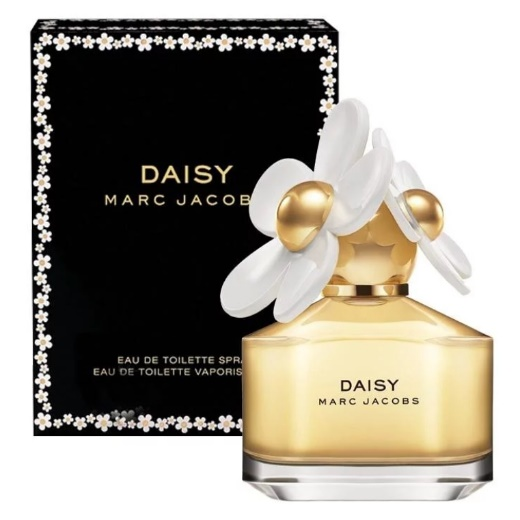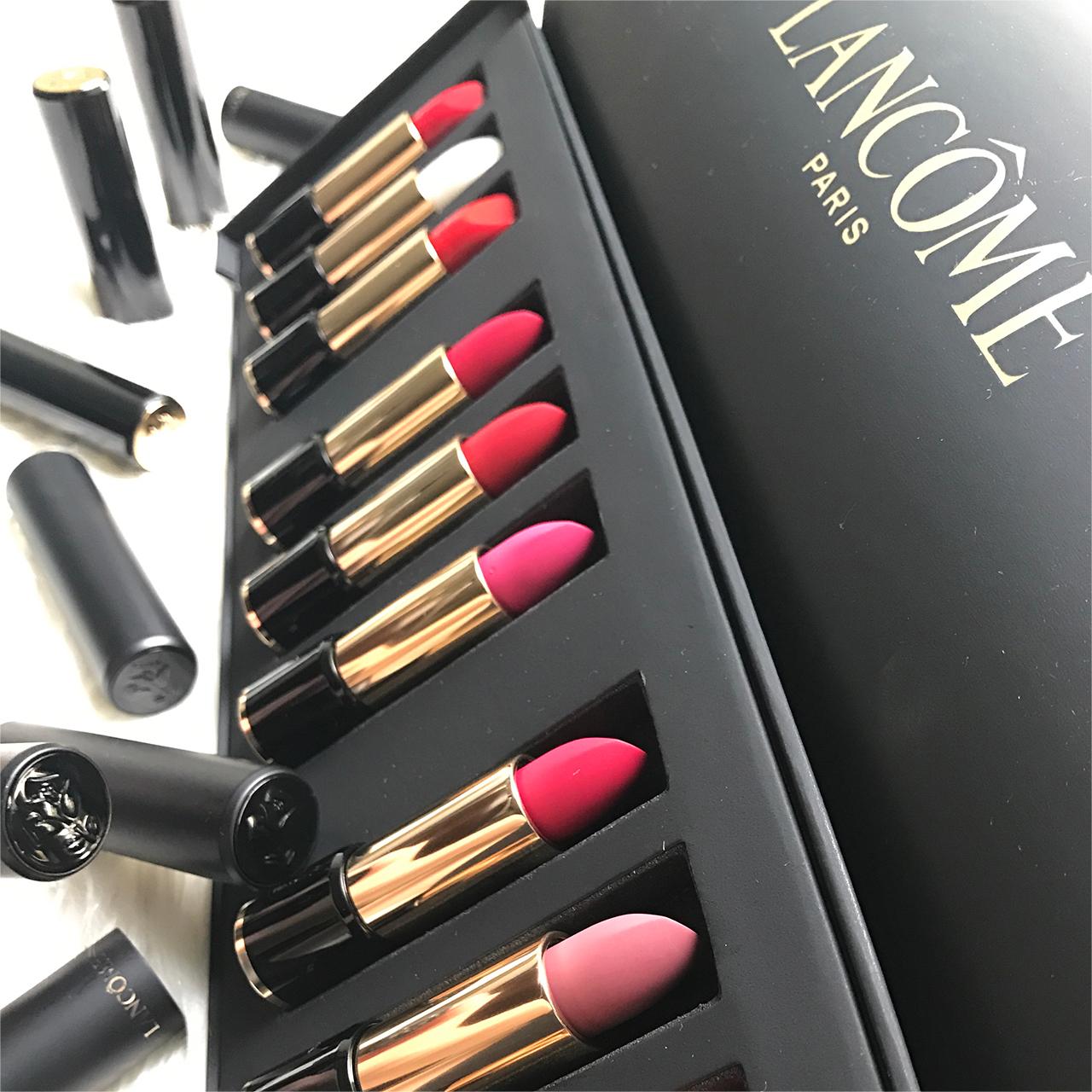Precautions in Cross-Border Beauty Makeup Procurement
Under the influence of globalization, cross-border purchasing has become a new choice for many consumers to pursue quality of life. Beauty products, in particular, have become a popular category for cross-border procurement because of their numerous brands and significant differences in quality. This also provides opportunities for buyers. However, cross-border beauty procurement is also accompanied by many risks and problems. So, what do we need to pay attention to when purchasing beauty products? This article will introduce it in detail.
1. Understand the Target Market and Relevant Regulations
Before purchasing cross-border beauty, it is necessary to understand the beauty industry regulations in the target market. That’s because different countries and regions have different regulatory standards and requirements for beauty products, including ingredient restrictions, labeling regulations, import licenses, etc. Buyers need to ensure that the purchased beauty products comply with the regulatory requirements of the target market to avoid returns, fines and even legal disputes caused by violations.
2. Choose Reliable Suppliers and Platforms
When it comes to cross-border beauty procurement, it is crucial to choose a reliable supplier and platform. We should conduct a comprehensive assessment of the reputation, qualification, product quality and after-sales service of the supplier or platform. We can understand the reputation and service quality of suppliers or platforms by looking at their reviews, historical transaction records, customer feedback, etc. At the same time, it is necessary to choose a supplier or platform with professional qualification certification to guarantee the quality and source of the purchased products.
3. Pay Attention to the Safety of Ingredients
The ingredients of beauty products are vital to consumers' health and safety. When purchasing beauty products, buyers need to carefully check the ingredient list to ensure that the products do not contain harmful substances or prohibited ingredients. Besides, for some ingredients that may cause allergic reactions, such as spices, colors, etc., buyers also need to pay special attention. In addition, for imported beauty products, buyers should also pay attention to whether they have been formally inspected and certified to ensure product safety and compliance.
4. Understand Tariff and Tax Policies
Cross-border beauty procurement involves tariff and tax policies of different countries and regions. Buyers need to understand the tariff and tax policies of the target market to avoid the additional costs caused by not knowing the policies. At the same time, buyers can use duty-free or preferential policies to reduce procurement costs..
5. Pay Attention to Packaging and Transportation
The packaging and transportation of beauty products also matter and need attention in cross-border procurement. Because beauty products are primarily liquid or paste, they are easy to leak or damage during transportation, so buyers need to choose professional packaging and transportation methods. At the same time, buyers need to mark and strengthen protection measures specially for some fragile or sensitive products. In addition, buyers also need to pay attention to transit time and temperature to ensure that products do not deteriorate or be damaged during transportation.
6. Pay Attention to After-Sales Service
After purchasing beauty products, buyers need to know the supplier or platform's after-sales service policy to ensure that they can solve the problems promptly. Furthermore, for quality problems or disputes, buyers also need to understand the local channels and processes for rights protection to defend their rights when necessary.
To sum up, when purchasing cosmetics, buyers need to pay attention to these complex issues. Only by comprehensively understanding and mastering these precautions can we ensure the smooth progress of cross-border beauty procurement and protect our rights and interests.














 WhatsApp
WhatsApp Wechat
Wechat